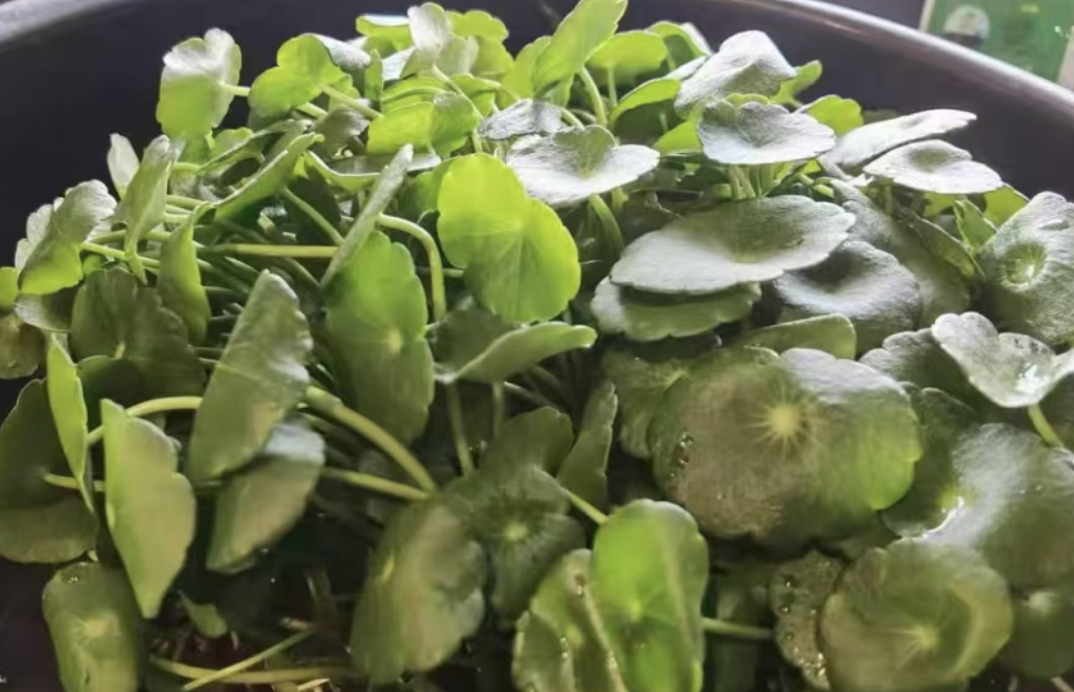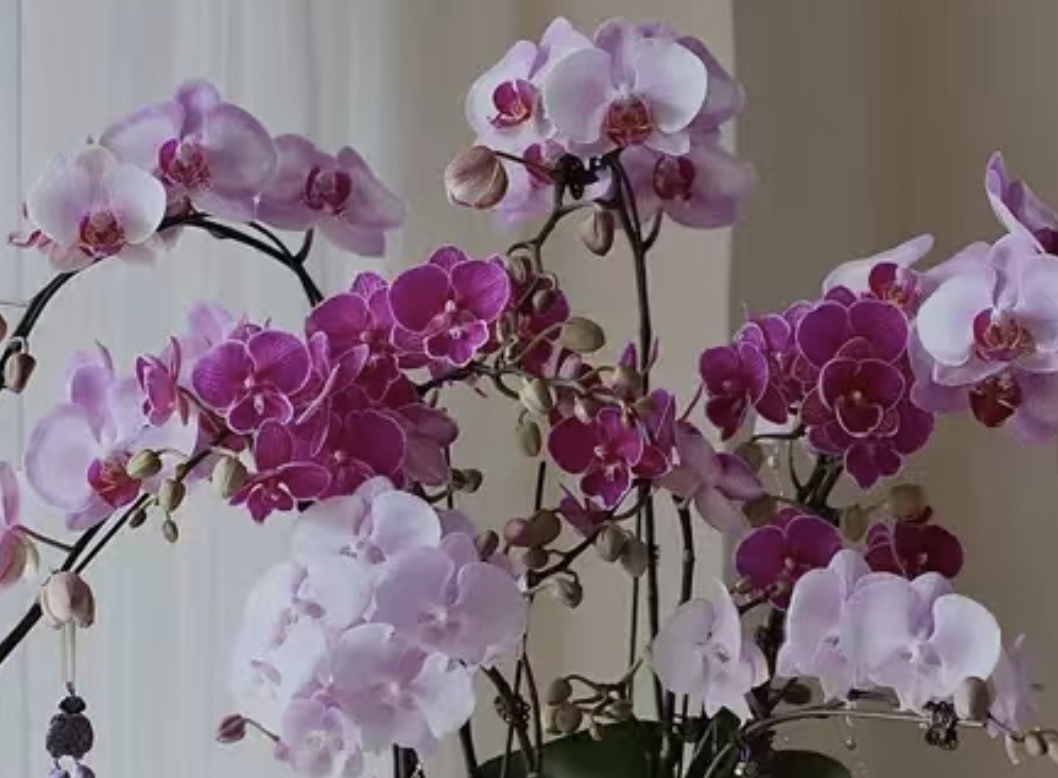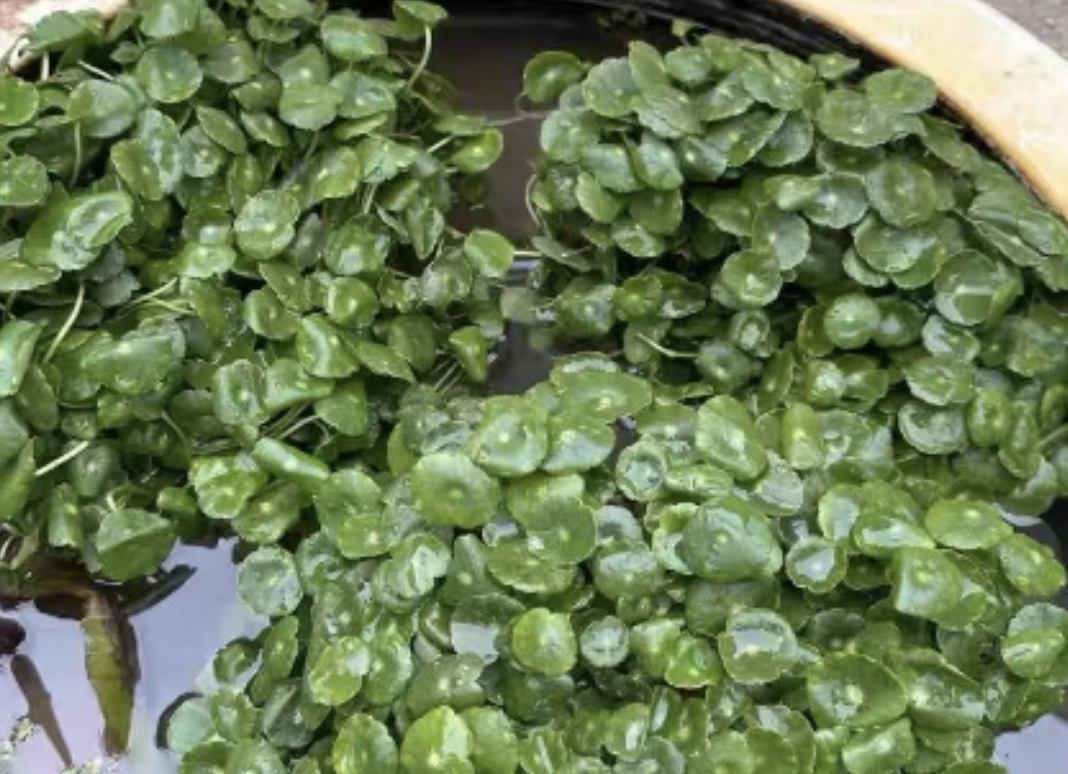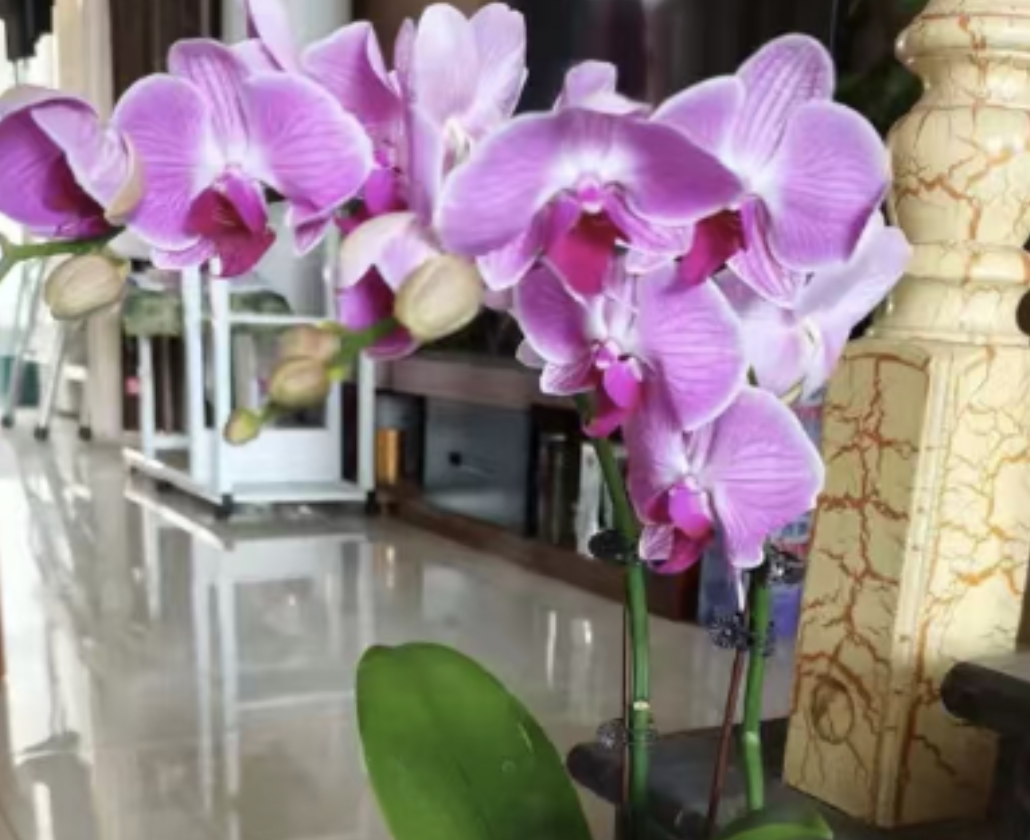Sometimes, even strangers can look alike on the road, but usually, we can tell them apart with a closer look. However, it can be much more difficult to distinguish between plants that look alike. Among them, Hydrocotyle vulgaris and Pilea peperomioides are two plants that bear a high degree of resemblance. Their leaves are so similar that it's particularly hard for novice plant enthusiasts to tell them apart. If you also want to distinguish between these two plants, let's take a look at the following.
Although Hydrocotyle vulgaris and Pilea peperomioides are similar in shape, it's not as difficult to tell them apart as one might think. When these two plants are placed together, their leaves and stems each have their own characteristics. In terms of the leaves, the leaves of Hydrocotyle vulgaris are round, thin to the touch, with wavy notches on the edges, and a relatively light green color compared to those of Pilea peperomioides. The leaves of Pilea peperomioides are dark green, oval-shaped, thick and fleshy to the touch, with one end of the leaf edge being pointed and the other end being less pointed. Looking at the stems, the stems of Hydrocotyle vulgaris are thin and connect directly to the roots downward, while the stems of Pilea peperomioides are thicker.
In terms of their botanical classification, Hydrocotyle vulgaris and Pilea peperomioides belong to different genera. Hydrocotyle vulgaris is a succulent herbaceous plant that can grow up to about 2 to 13 centimeters tall. Pilea peperomioides, on the other hand, is a creeping herbaceous plant with erect stem nodes and can grow up to about 8 to 37 centimeters tall. Overall, Pilea peperomioides is larger.
These two plants also differ in their flowers. The flower buds of Pilea peperomioides are very small and needle-shaped, and the male and female flowers are not exactly the same in shape. The male flowers have purplish-red pedicels and 4 obovate perianths, while the female flowers have no pedicels and 3 perianths. The bracts of Hydrocotyle vulgaris are covered with a membranous layer, also needle-shaped, emerald green in the bud stage, turning white after blooming. The flowers are solitary, umbellate in shape, and the peduncle is longer than the petiole.
Secondly, in terms of their flower languages, the leaves of Pilea peperomioides are shaped like mirrors, and it is endowed with the meanings of "continuous good luck" and "reunion", symbolizing integrity in doing things. Hydrocotyle vulgaris is more rounded, like ancient copper coins, representing "rolling financial resources" and "reunion".Sometimes, even strangers can look alike on the road, but usually, we can tell them apart with a closer look. However, it can be much more difficult to distinguish between plants that look alike. Among them, Hydrocotyle vulgaris and Pilea peperomioides are two plants that bear a high degree of resemblance. Their leaves are so similar that it's particularly hard for novice plant enthusiasts to tell them apart. If you also want to distinguish between these two plants, let's take a look at the following.
Although Hydrocotyle vulgaris and Pilea peperomioides are similar in shape, it's not as difficult to tell them apart as one might think. When these two plants are placed together, their leaves and stems each have their own characteristics. In terms of the leaves, the leaves of Hydrocotyle vulgaris are round, thin to the touch, with wavy notches on the edges, and a relatively light green color compared to those of Pilea peperomioides. The leaves of Pilea peperomioides are dark green, oval-shaped, thick and fleshy to the touch, with one end of the leaf edge being pointed and the other end being less pointed. Looking at the stems, the stems of Hydrocotyle vulgaris are thin and connect directly to the roots downward, while the stems of Pilea peperomioides are thicker.
In terms of their botanical classification, Hydrocotyle vulgaris and Pilea peperomioides belong to different genera. Hydrocotyle vulgaris is a succulent herbaceous plant that can grow up to about 2 to 13 centimeters tall. Pilea peperomioides, on the other hand, is a creeping herbaceous plant with erect stem nodes and can grow up to about 8 to 37 centimeters tall. Overall, Pilea peperomioides is larger.
These two plants also differ in their flowers. The flower buds of Pilea peperomioides are very small and needle-shaped, and the male and female flowers are not exactly the same in shape. The male flowers have purplish-red pedicels and 4 obovate perianths, while the female flowers have no pedicels and 3 perianths. The bracts of Hydrocotyle vulgaris are covered with a membranous layer, also needle-shaped, emerald green in the bud stage, turning white after blooming. The flowers are solitary, umbellate in shape, and the peduncle is longer than the petiole.
Secondly, in terms of their flower languages, the leaves of Pilea peperomioides are shaped like mirrors, and it is endowed with the meanings of "continuous good luck" and "reunion", symbolizing integrity in doing things. Hydrocotyle vulgaris is more rounded, like ancient copper coins, representing "rolling financial resources" and "reunion".
Which one is better, Pilea peperomioides or Hydrocotyle vulgaris?

Share with
Tagged in :




Leave a Reply